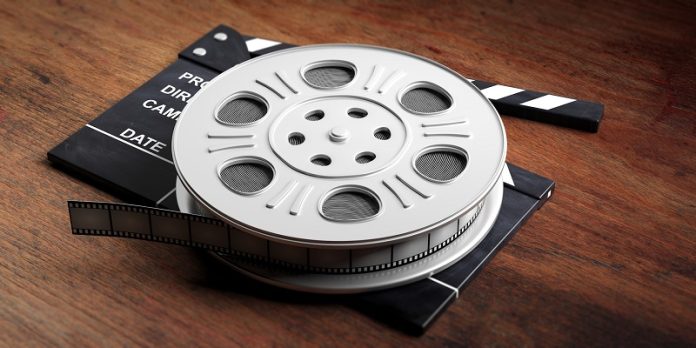
Recent research by George Mason University professor Martin Wiener has shown that the more memorable an image is, the better and more accurately people can perceive the passage of time.
The study, published in the journal Nature Human Behaviour, revealed that viewers felt memorable images stayed on screen longer, responded to these images more quickly, and gave consistent responses.
“Memorability refers to how likely you are to remember something later,” said Wiener. “It’s an open question why some things are easily remembered while others are forgotten.
This question interests cognitive scientists and computer scientists, especially in machine learning and AI.”
Wiener and his team conducted experiments to understand how image size, memorability, and clutter affect our perception of time.
They used a database from MIT that rates images by memorability. The researchers wanted to see how different images influence our visual sense of time and discovered a strong connection to memory that hadn’t been explored before.
The team also checked if participants were more likely to remember the images later. Participants were asked 24 hours after viewing if they had seen the images before.
Memorable images were more likely to be remembered, especially if participants had held down a space bar to indicate they saw the image for a longer time.
To further test their findings, the researchers used an artificial intelligence model of the visual system. The AI model also “saw” the more memorable images for longer periods and responded faster and more consistently, suggesting a mechanism for how the brain processes these images.
“For memorable images, the brain thinks this is very important. It processes the image quickly and gathers as much information as possible, which makes the experience feel longer,” explained Wiener. “This better encoding into memory helps retain the image longer.”
Wiener’s work is unique because it looks at complex images of scenes and pictures, unlike previous studies that used simple visual stimuli like squares or high-contrast images.
Wiener runs the Spatial, Temporal, Action, Representation (STAR) Lab at George Mason University, studying how the senses build a perception of time. His team, including high school volunteers and doctoral students, explores very short time intervals, from milliseconds to a minute. They have found that movement sharpens the sense of time, making people perceive time more precisely.
Their recent work is exploring how people learn time intervals and how feedback and learning improve this understanding. These findings could influence how we teach skills related to time.
Wiener noted that while it is possible to slow down time, it’s usually in unpleasant situations, like when something scary or dangerous happens. Time also seems to slow down in boring and monotonous situations, like waiting on hold or being stuck in traffic.
Wiener is fascinated by how little we know about how the brain perceives and measures time. “It’s fundamental to everything,” he said. “The more you think about it, the more intriguing it becomes.”



